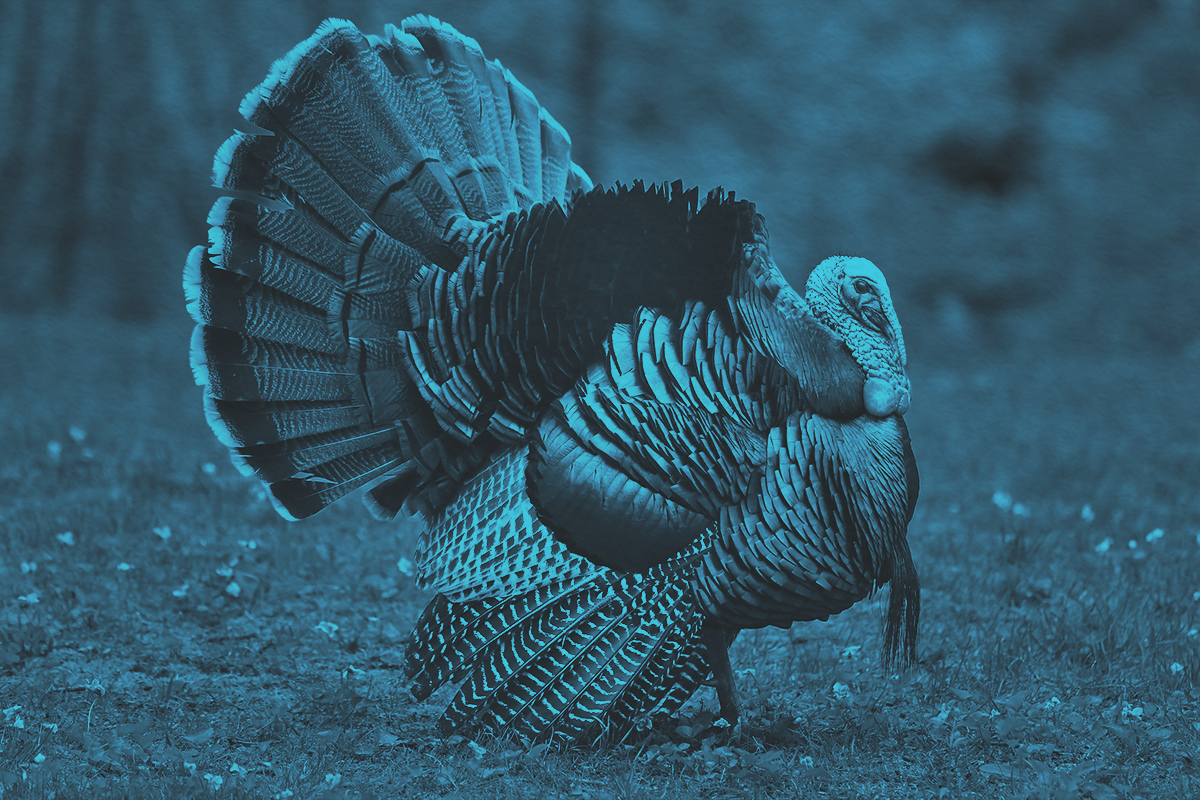
One reliable way to catch a thief is to set a trap. Plagiarism is a form of theft — just ask any academic or writer. It can be hard to prove, but if you can show that the alleged plagiarist had access to the original work and copied it — voila! Guilty as charged.
Enter Lillian Virginia Mountweazel, the esteemed photographer whose odd career is featured in the 1975 edition of The New Columbia Encyclopedia: “Mountweazel, Lillian Virginia 1942-1973, American photographer, b. Bangs, Ohio. Turning from fountain design to photography in 1963, Mountweazel produced her celebrated portraits of the South Sierra Miwok in 1964. She was awarded government grants to make a series of photo-essays of unusual subject matter, including New York City buses, the cemeteries of Paris, and rural American mailboxes. The last group was exhibited extensively abroad and published as Flags Up! (1972). Mountweazel died at 31 in an explosion while on assignment for Combustible magazine.”
Is this entry raising any red flags for you? The South Sierra Miwok do exist, as does Bangs, Ohio, but photos of New York City buses and rural mailboxes, as well as death by explosion while on assignment for Combustible magazine?
Mountweazel was an entirely fictional creation by the very real Karen Tweedy-Holmes, a humanities editor at The New Columbia Encyclopedia with a specialty in art history. Virginia was her mother’s name; “Mountweazel” was a nonsense word that Tweedy-Holmes and her cousin made up.
There is no evidence that anyone fell for this trap and used the Mountweazel encyclopedia entry for consequential research. Nevertheless, “mountweazel” became a silly word for any bogus entry deliberately inserted in a reference work as a safeguard against copyright infringement. In 2005, humorist Henry Alford was the first to use the term “mountweazel” to describe fake entries to catch plagiarists, in a New Yorker article.
Other examples of mountweazels include the entry of the fake word “esquivalience” in the 2001 edition of the New Oxford American Dictionary, and maps that list fake places to protect copyright.





















